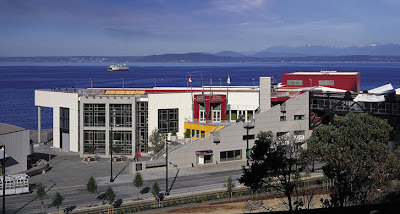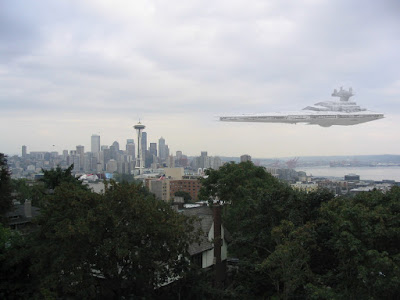Space Analysis Form Studies

Curvilinear Space Analysis by Johan Axelson I'm attempting to bring some traditional form studies from Rowena Reed Kostellow's Elements of Form into the design education at Western Washington. These studies date back to the 1940's and the development of the original industrial design curriculum. This is a space analysis that I did as a student of Lenny Bacich at Pratt Institute. He was a student of Rowena's and tried to teach these very difficult form abstractions to me. Only now that I'm teaching it do I realize what they mean and why they are so valuable. Rectilinear Space by Larisa Schulze The forms here are done by my junior ID students. They are not computer models, they are made with paper and wire. They have very strict rules regarding the elements used and where they can be placed. But the intent is to expand the negative volume and create a beautiful and interesting space. But the real goal to increase the visual and spatial sensitiviti






